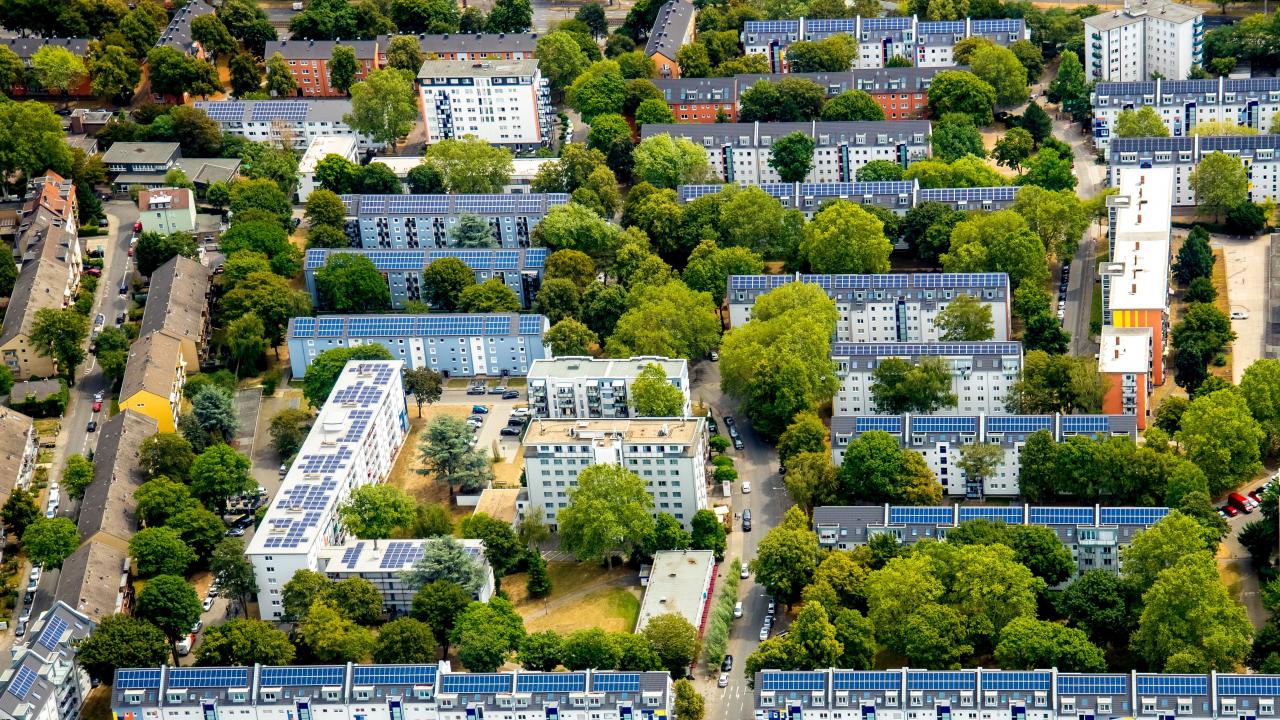
Die Vorteile der Solarenergieerzeugung in städtischen Umgebungen
Solar energy generation used to be the domain of utility companies (1.000 panels on a field) and later industry (100 panels on a factory roof). With the advent of residential PV installations (10 panels on a single family home) solar has conquered the residential space with enormous customer adoption. But while installed PV capacity is booming in many parts of the world, urban environments have so far mostly stayed void of large scale PV deployment. This leads to situations where in big European capital cities like Madrid, that imports 95% of its electricity, only 1,8% of energy consumed is renewable. In times where climate change gets ever more tangible in citizens’ lives in the form of heatwaves, draughts, wildfires, and their impact on industries like tourism or agriculture this raises the question of why solar power is not generated at scale in urban environments, right where electricity is consumed.
Solar in European urban environments
Solar Power Europe published its Solar Cities 21 report, highlighting the many initiatives by cities all over Europe to bring PV to urban environments. At Robinsun, we are vocal advocates of urban PV. We recently studied the German market for plug & play solar kits, and in the process spoke to representatives of the German region of North Rhine-Westphalia (NRW), which has been a pioneer in urban PV installations over the past 25 years. Several German cities and regions have been imitating NRWs efforts. So we published a dossier highlighting the main learnings (in Spanish).
25 years of urban PV deployment in NRW
NRW is the most populous big German region, with an economy traditionally rooted in coal and steel. With the industrial decline setting in at the end of the past century and the economic pressure on NRWs population, the administration has been thinking about ways out of the dead end of coal. In 1997 NRW launched an initiative aimed at encouraging the innovative use of solar technology in construction and reducing CO2 emissions of buildings. The project was called “Solar Estates” and consisted of renovation of 50 estates, mostly buildings from the 1960’s and 1970’s, improving insulation as well as applying solar (both PV and thermal) for power and warm water generation. The project resulted in big savings on power consumption that offset a large part of the cost increase driven by the renovation. Life quality increased dramatically.
As a consequence, when the Solar Estates project ended in 2009, NRW launched another project, called “Climate Protection Estates”. This project turned the focus more on new construction, while still including renovation of buildings. With PV technology having advanced innovative uses were included, like applications in façades, balconies, and other innovative surfaces. To qualify for the project buildings had to exceed the building requirements at the time by at least 50%.
After the end of this second project, NRW just launched a third one in 2022, called “Climate Neighborhoods”. At Robinsun we’ll stay tuned to see how this plays out.
Conclusions
What all NRW projects have in common is embracing and promoting innovative uses of PV technology in buildings in an urban environment. The results in terms of savings of CO2, power consumption and costs show how through an investment strategy with foresight cities can play a leading role in decarbonising their footprint. This shows that applying PV in urban environments is not just possible, but in today’s time a must-have. The change in mindset by all stakeholders has transformed the way urban development is handled in NRW. Other regions like Bremen or Baden Württemberg have imitated NRWs learnings. Solar Cities 21 gives more food for thought for urban administrations, to copy with pride what has worked elsewhere and accelerate renewable energy generation in the place where it is consumed. Solar installations should also be combined with other innovative applications, like heat pumps.
At Robinsun, we see our mission as bringing the benefits to cheap, renewable solar energy to unserved households that don’t have a roof for a bigger PV installation. Many of these households are in urban environments. Our plug & play solar kits are an easy, fast and economic solution to install PV generation on balconies, flat roofs, pergolas, walls and other surfaces that many apartments in urban environments have. They open up a massive opportunity to install PV fast on a large part of the buildings that are already present in our cities, and generate renewable power right where it is consumed. Reducing the pressure on urban power grids frees up capacity that we need for the electrification of transport and other applications. Additionally, installing storage together with plug & play solar kits, helps stabilize the grid’s fluctuations throughout the day. As members of UNEF we work with legislators in Spain to make the deployment of plug & play solar kits and storage easier, faster, and cheaper by opening our products up to subsidies and excess power compensation.
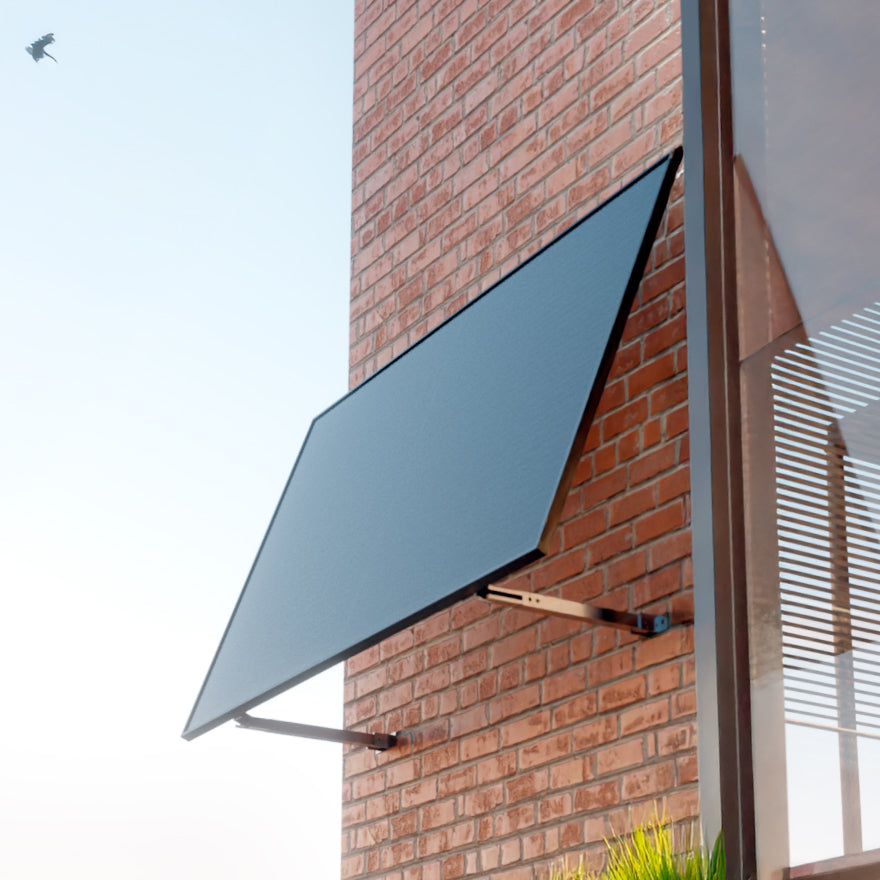
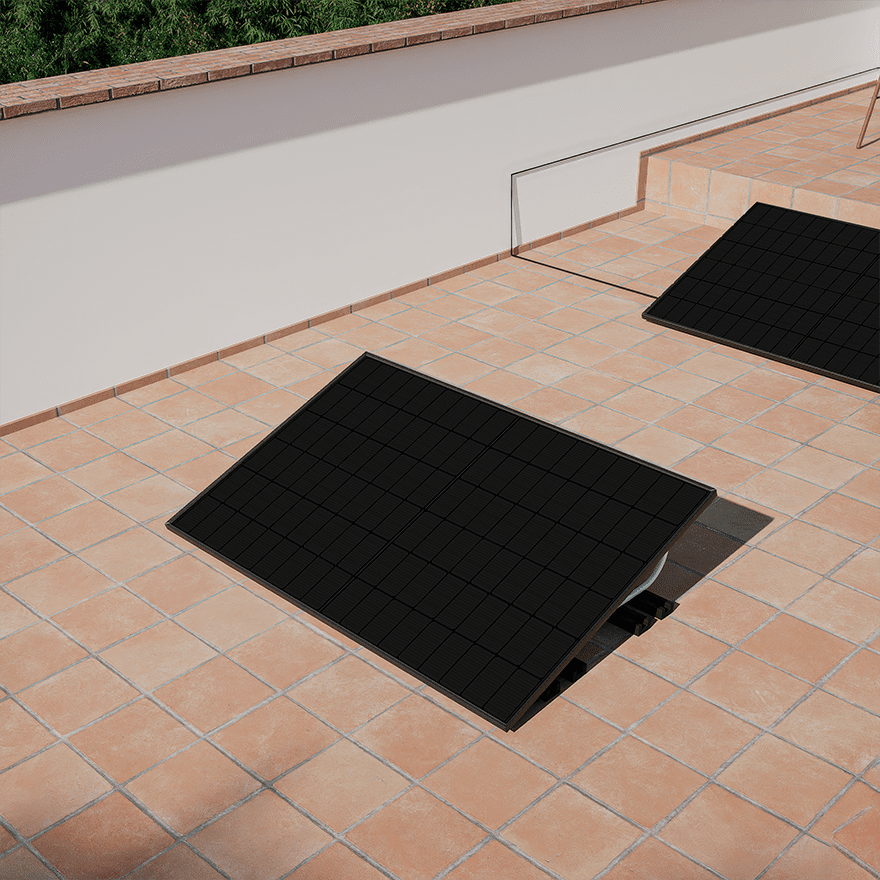
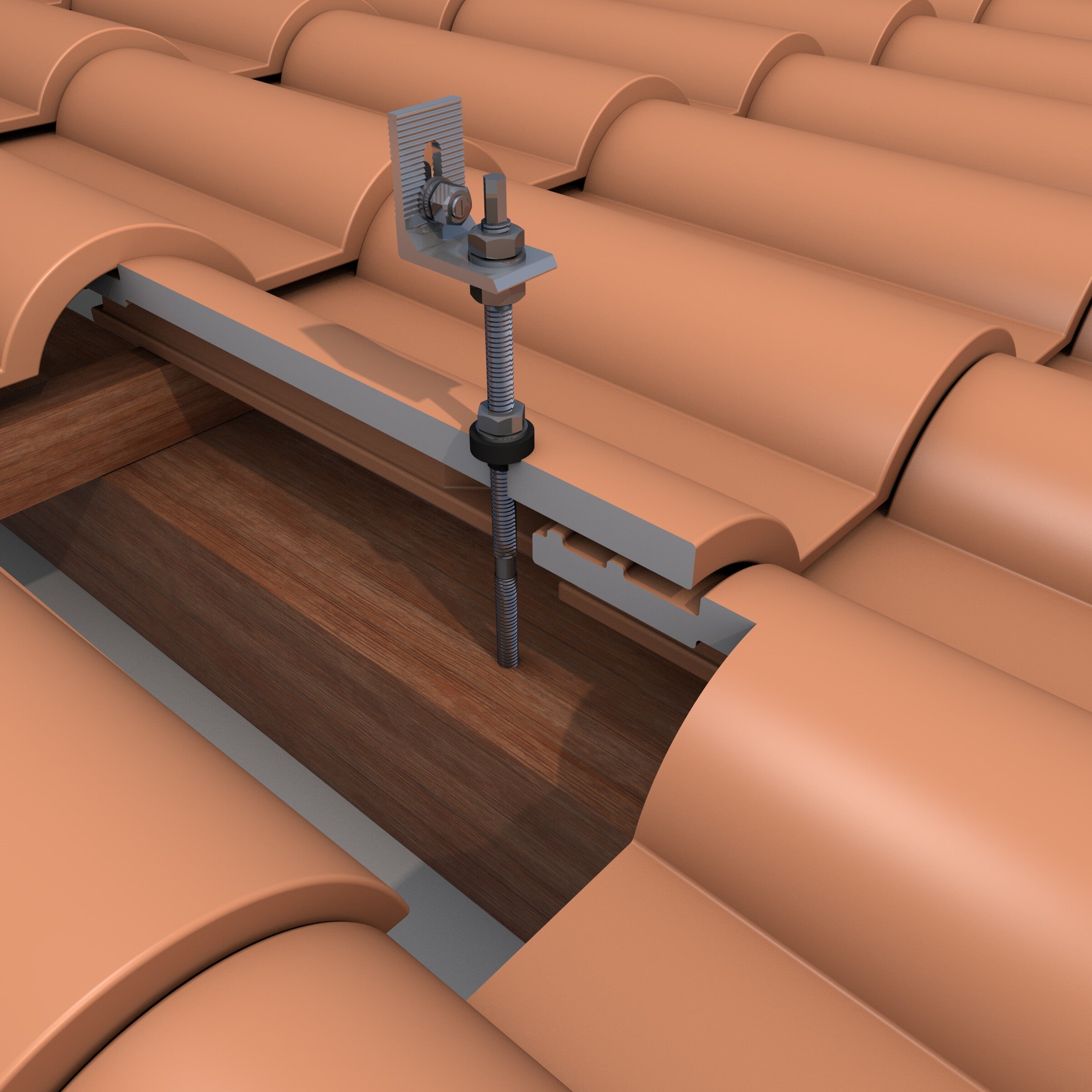
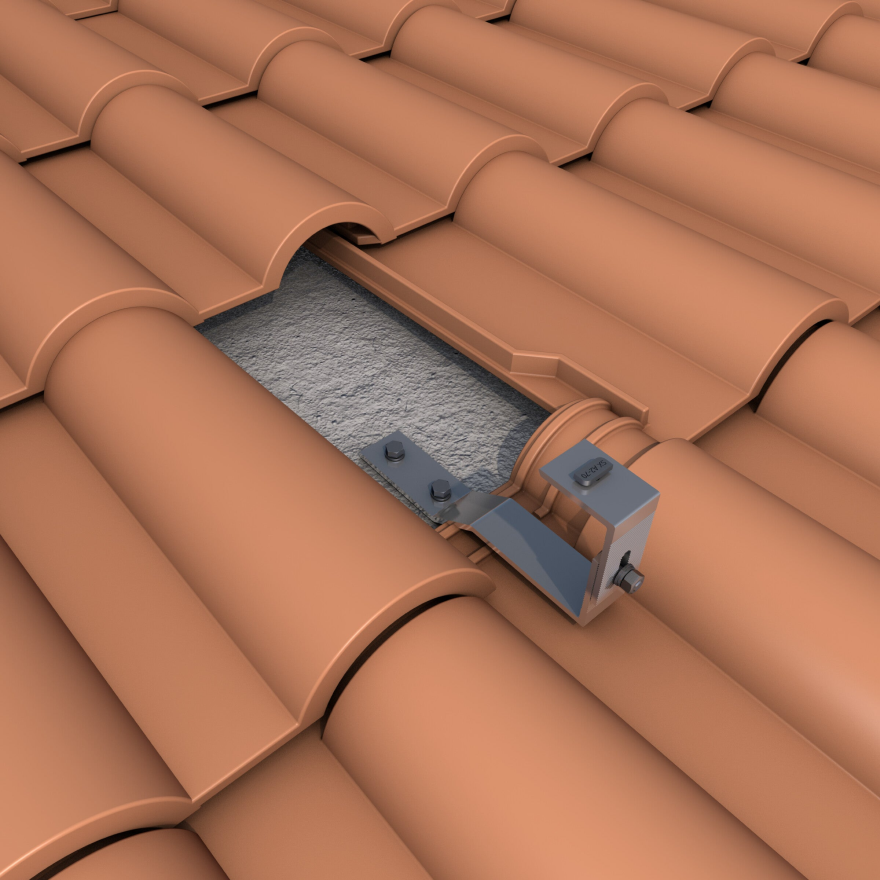
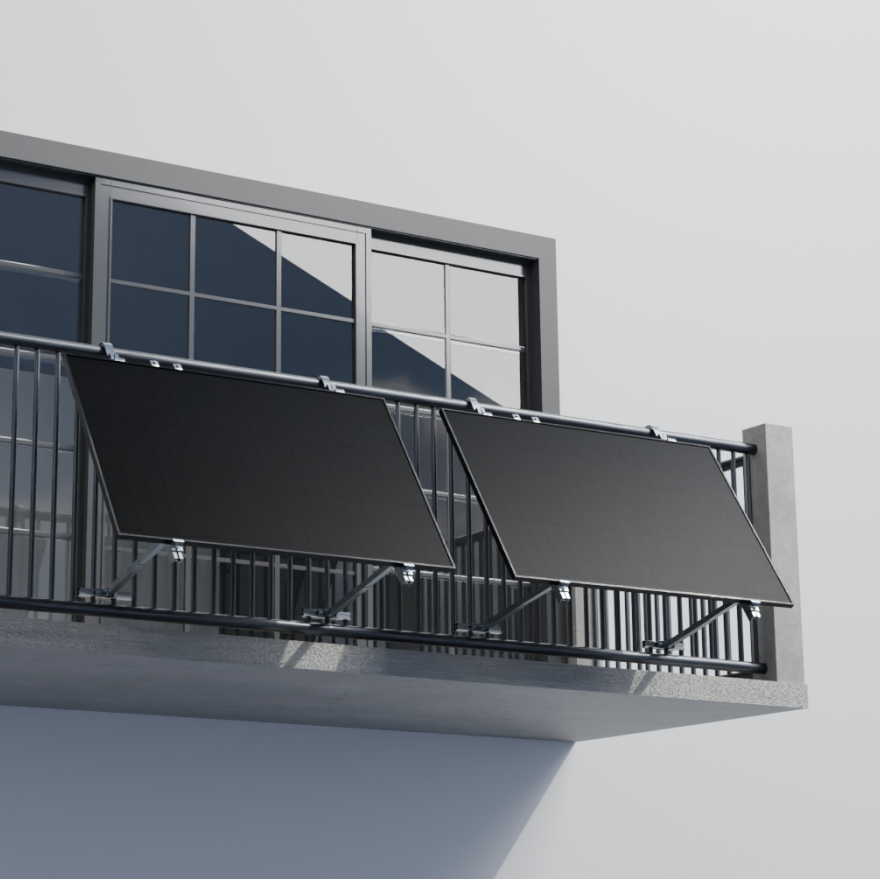
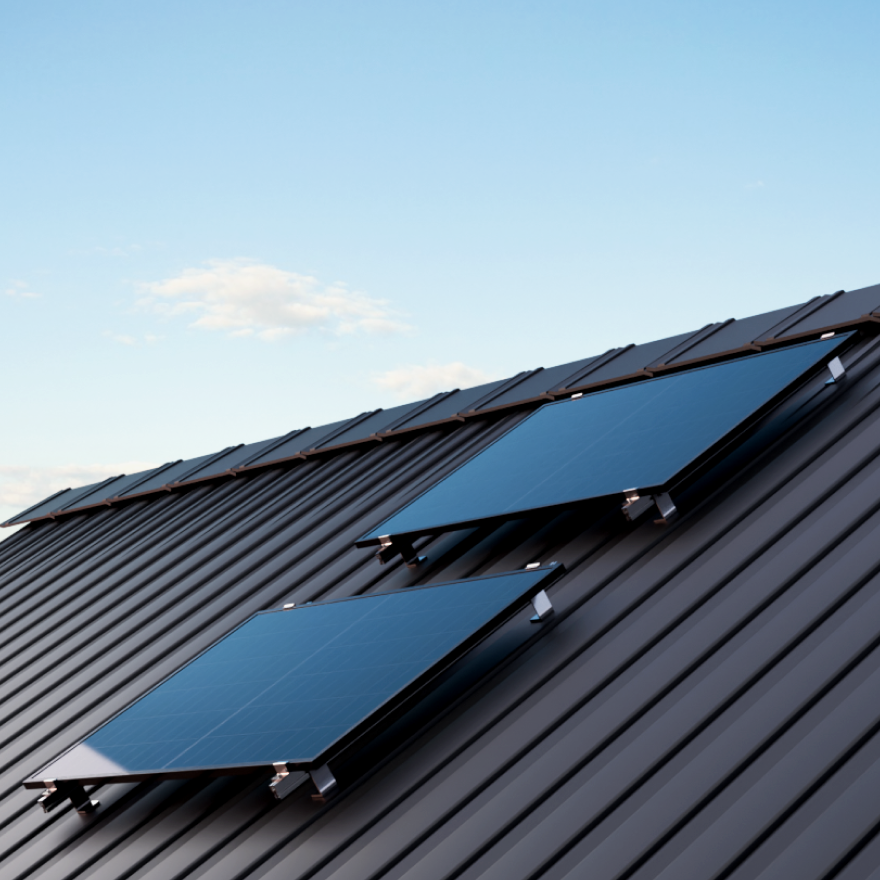
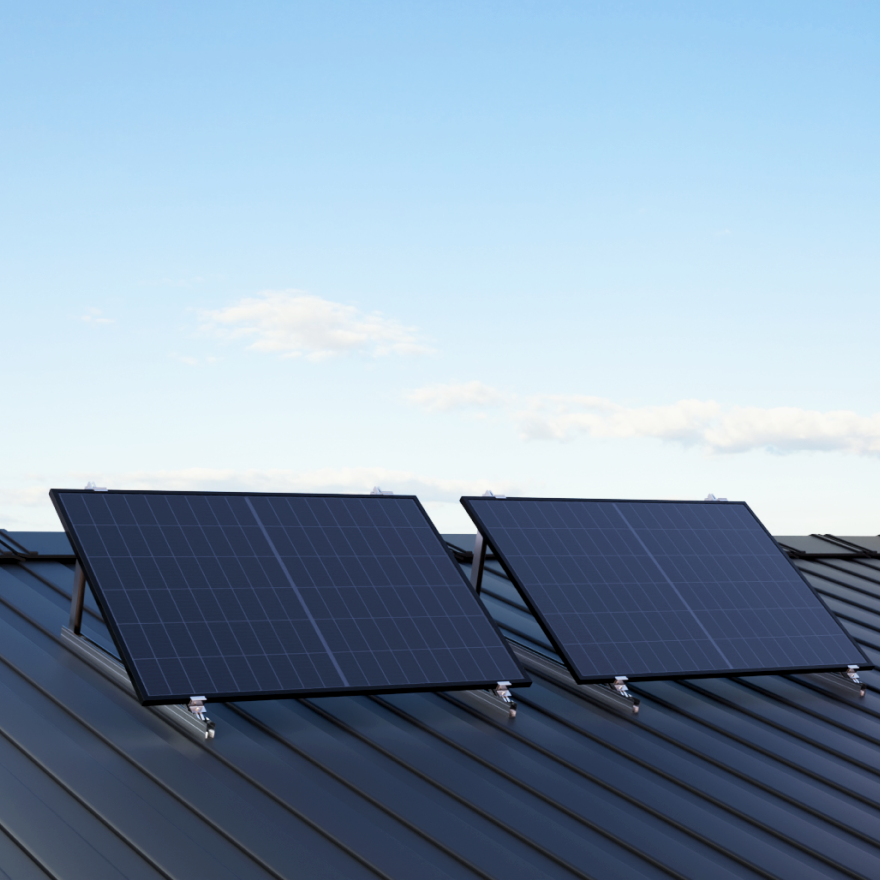


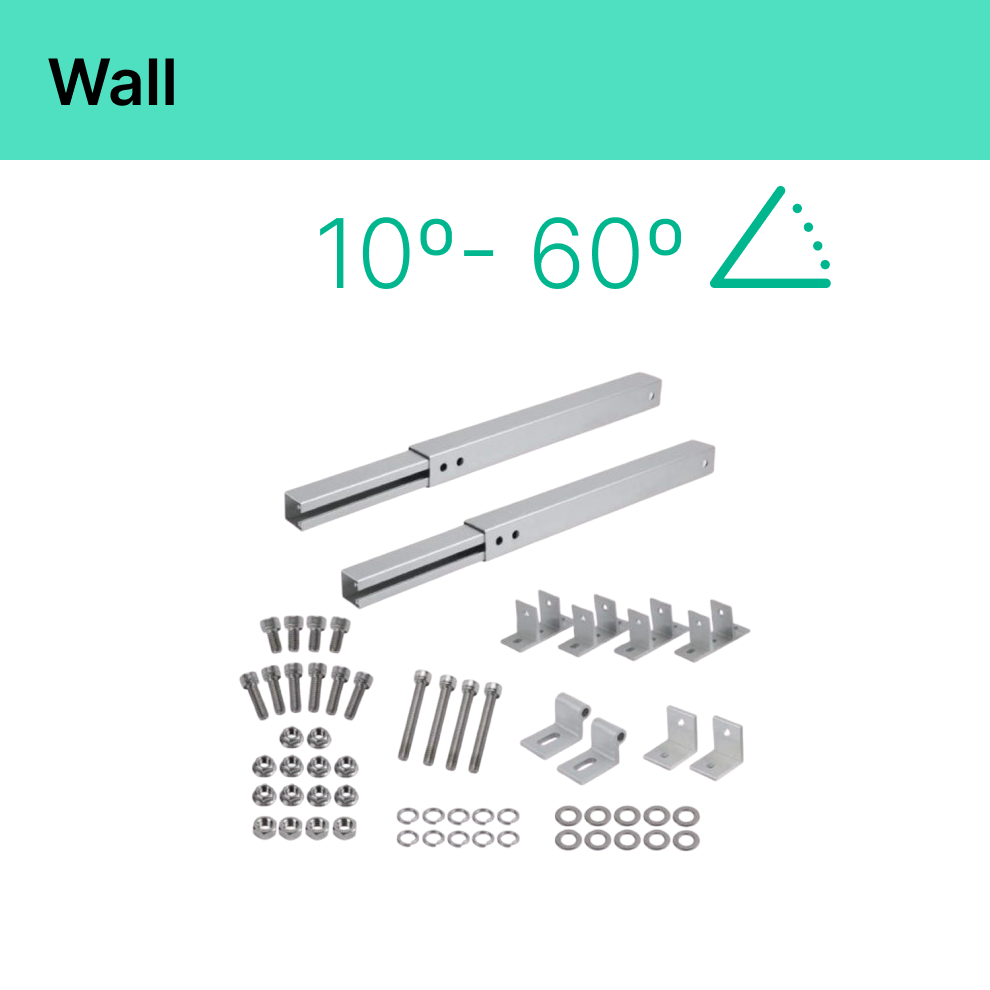
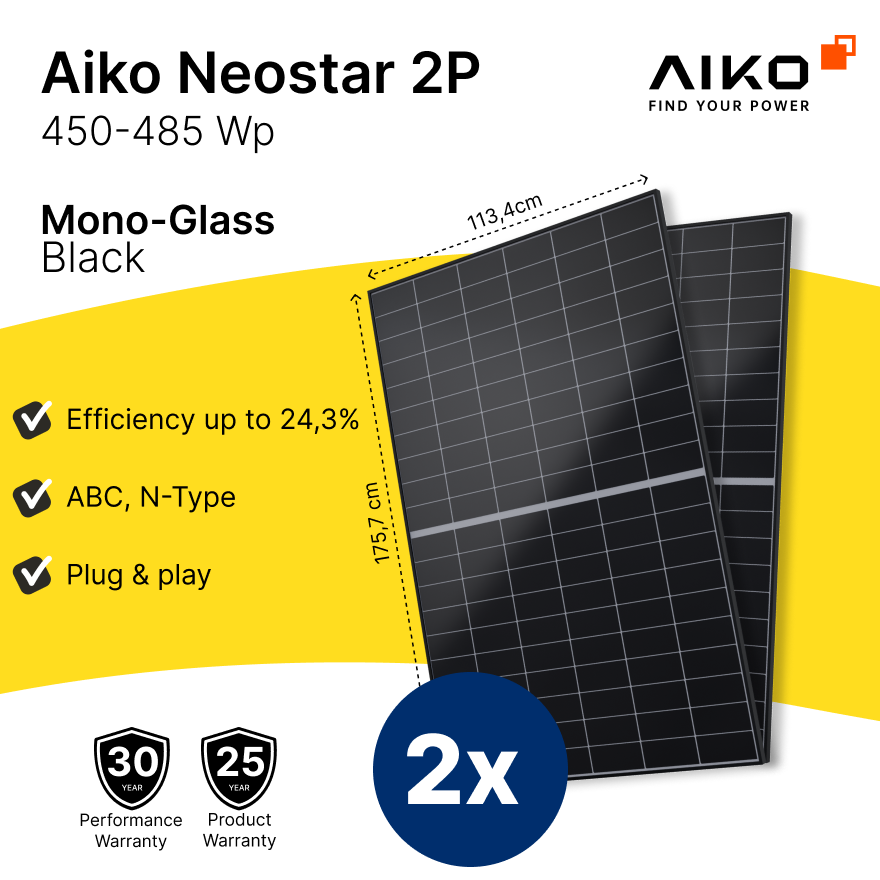
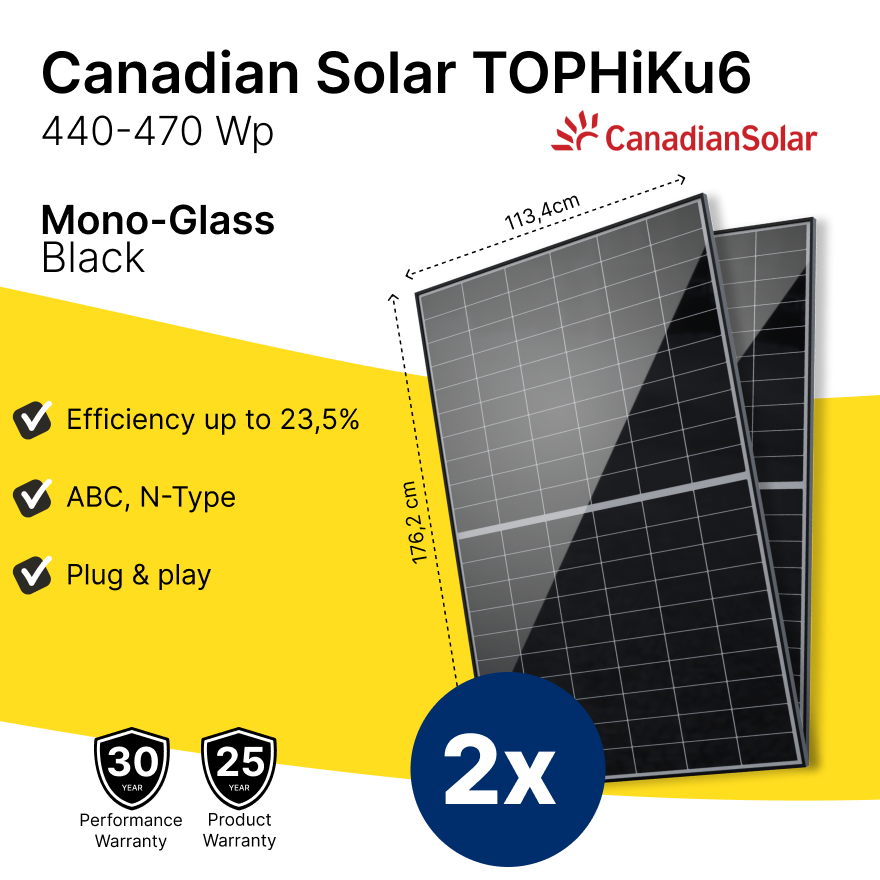
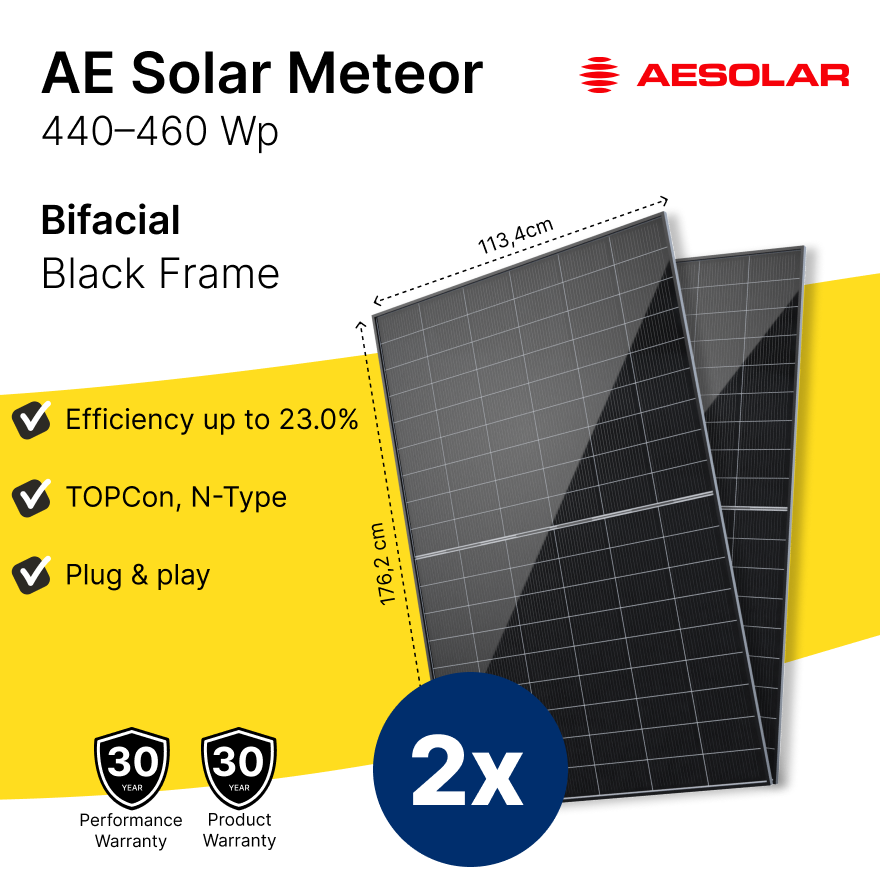

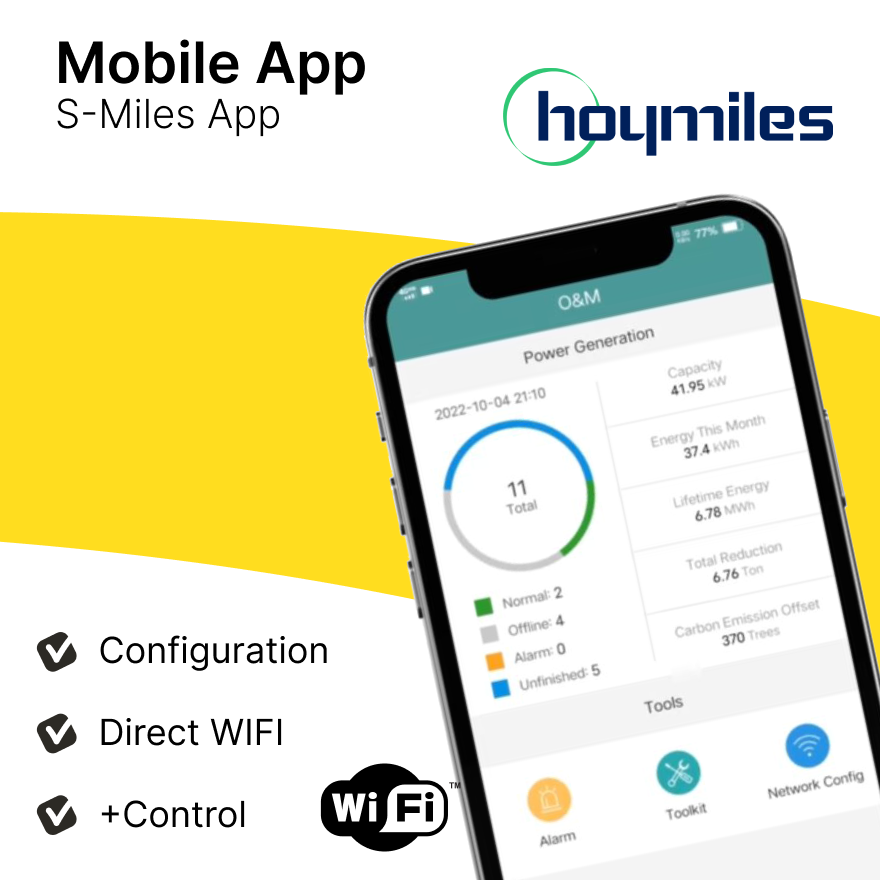


Hinterlasse einen Kommentar
Diese Website ist durch hCaptcha geschützt und es gelten die allgemeinen Geschäftsbedingungen und Datenschutzbestimmungen von hCaptcha.